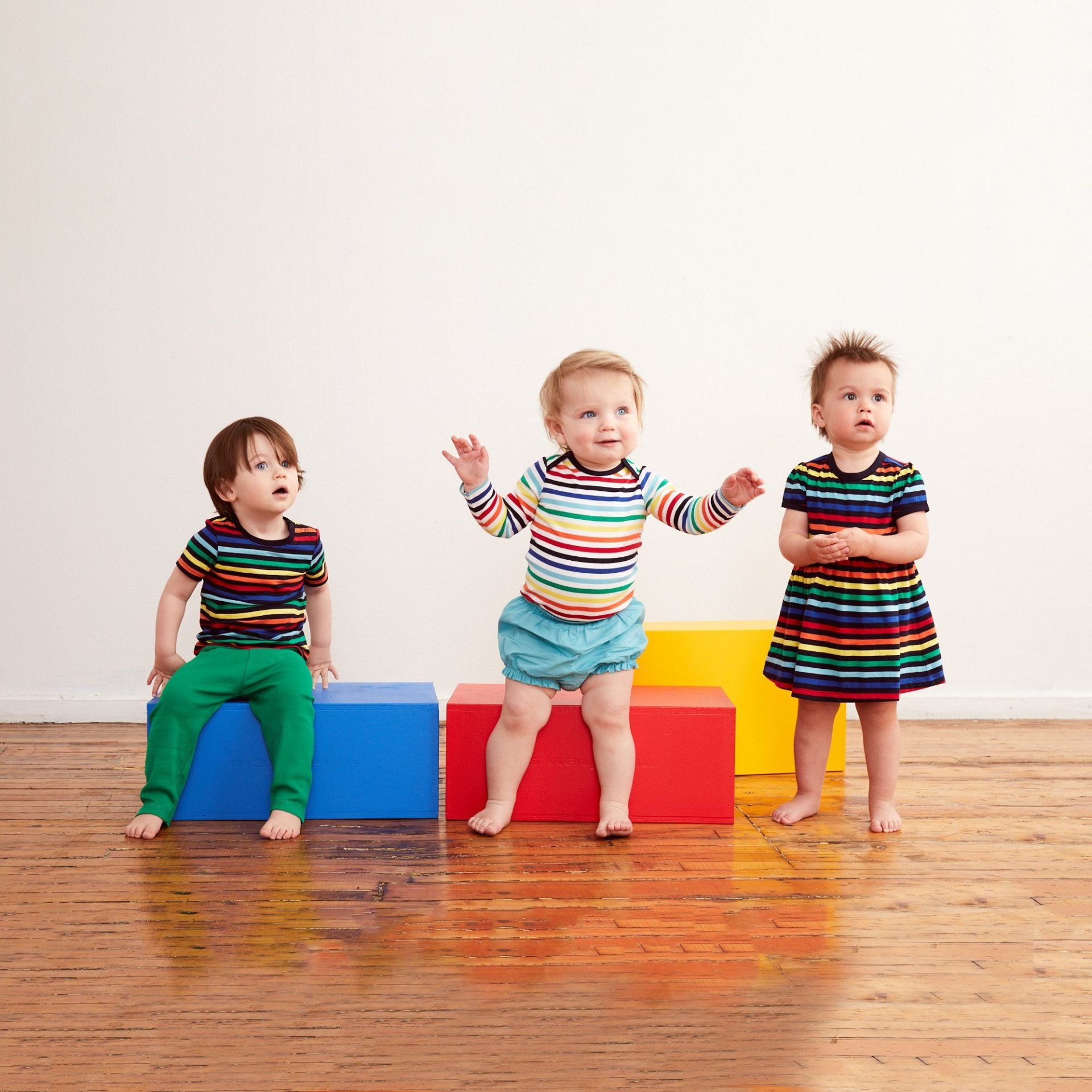
Have a question? Call now! +1 646 810 8764

Welcome to Luxury Lifestyle Awards!
Would you like to talk to one of our award managers about nomination of your company?
Our team is happy to help with any questions you may have.
Call: +1 646 810 8764 Send Email Live Chat Contact Us17.12.2020

The Power of Colors
Colors are a powerful communication tool that can affect us immensely by bringing out a plethora of emotions. Various studies have proved that colors can stimulate different parts of the brain and even influence our moods and reactions.
Research suggests that warm colors like red, orange, and yellow are more stimulating and evoke feelings of warmth and comfort. On the other hand, cool colors like blue, purple, and green promote peace.
While Child Psychology focuses on children’s minds and behavior from prenatal development through adolescence, Color Psychology focuses on the impact of colors on our moods, emotions, behaviors, and brain development. This article is an amalgamation of these two branches of psychology to explore the effects of colors on children.
Do colors impact children and adults the same way?
It’s a well-known fact that colors have the power to influence our moods, and for decades, we have been assuming that colors have the same impact on both adults and children. However, recent studies show that different colors have different effects on stimulating learning, impacting mood, concentration, and behavior in adults and children. For example, a recent study found that infants are fond of dark yellow and have a lower preference for light blue than adults. This study also found that infants’ hue preferences aren’t consistent throughout the color spectrum. They observed infants of ages 4 to 6 months and found that they looked at yellow and red for a longer duration whereas blue and green were not colors preferred by them. Among the dark colors, their longest-looking time was for yellow, and the shortest was for green.
What colors do infants prefer?
Although babies’ color vision is not as sharp or sensitive as adults, their vision improves by the time they are five months old. Colors can affect their mood and have an impact on their learning and memory. Some researchers suggest that infants mostly prefer red color over blue and yellow over green. They also noted that blue, purple, and green shades are mostly preferred by people of all ages (age group of 1 to 70+).
Significance of each color.
There has been a lot of research on the significance of colors and what each of them represent.
These insights completely change the way nurseries are usually created.
Designing your child’s room.
A Facebook Q&A conducted by Evolur showed that 85 percent of the parents who responded think colors play an essential role in affecting their baby’s mood.
While choosing the wall paints for the children’s rooms, parents must ensure that they are –
Current Trends in Choosing Best Colors For Nursery.
According to customer images that we receive and the trends that we observe in the industry, parents tend to prefer blues (mostly for boys), shades of pinks (for girls), and greys and whites as gender-neutral nursery colors. These colors are followed by yellow, and orange. These preferences could possibly be driven by parents’ instincts, recent trends on baby room color ideas, celebrity nursery styles, or by seeking inspiration from social media sites (Instagram, Pinterest) and blog posts (Project Nursery, The Spruce).
Predicting the Future: Best Color Selection Tips for Your Baby’s Nursery.